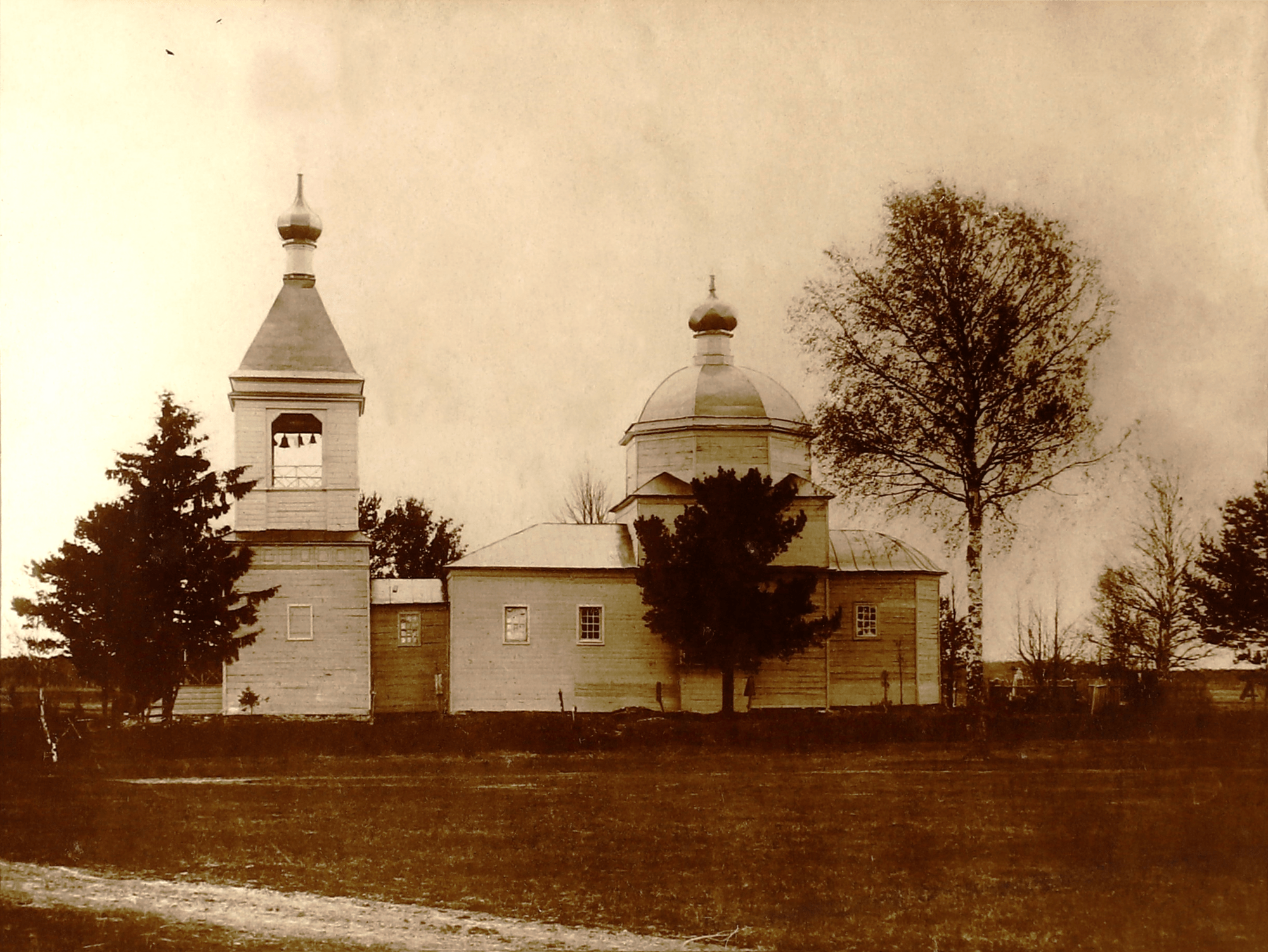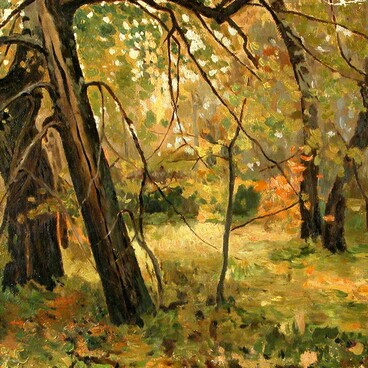The Church of the Nativity was built on the initiative of one of the owners of Melikhovo, the merchant Andrey Grigorievich Naumov, in 1757. According to a legend told by Melikhovo locals, Andrey Naumov vowed before the icons to build a church when his daughter was seriously ill.
Over time, the church’s congregation decreased, and there was not enough money to support the church parish. It was impossible to conduct services there, and a priest from a neighboring village only came on major holidays. The church was poor in decoration and utensils, and, as they said, “had no singing”.
In 1892, Anton Pavlovich Chekhov bought the Melikhovo estate and saw the Church of the Nativity for the first time. By that time the dilapidated bell tower had been dismantled, the cross had sagged, the roof was leaking, and the quadrangle board paneling had been damaged.
At the Melikhovo peasants’request, Chekhov initiated the construction of a bell tower and repairs to the church. He ordered “mirror” — polished — crosses for the Melikhovo church. As his brother Mikhail Pavlovich recalled, these crosses shined “in the sun and in the moonlight, like a lighthouse at sea” and were visible from afar “for a full thirteen versts”.
On holidays, the Chekhovs attended church services, gave presents to the clergy, servants, and peasants who came to greet them. On a Whit Monday, Сross Processions would pass through the Chekhov estate, as well as through the whole village. Not once did Chekhov’s father, Pavel Yegorovich, request “prayers” for rain and blessings of new buildings on the estate. All the three schools built by Anton Pavlovich Chekhov were also blessed.
The bell tower of the Church of the Nativity was destroyed after the revolution, in the 1930s. In 1963, Sergey Sergeyevich Chekhov, a grandnephew of Anton Pavlovich Chekhov by his brother Mikhail, a muralist, inspected the church. He concluded that it was a monument close in style to the wooden architecture of the Russian North, and began the restoration, which revealed the Church of the Nativity in all its glory as the “Melikhovo Kizhi”. Sergey Sergeyevich Chekhov said,
Over time, the church’s congregation decreased, and there was not enough money to support the church parish. It was impossible to conduct services there, and a priest from a neighboring village only came on major holidays. The church was poor in decoration and utensils, and, as they said, “had no singing”.
In 1892, Anton Pavlovich Chekhov bought the Melikhovo estate and saw the Church of the Nativity for the first time. By that time the dilapidated bell tower had been dismantled, the cross had sagged, the roof was leaking, and the quadrangle board paneling had been damaged.
At the Melikhovo peasants’request, Chekhov initiated the construction of a bell tower and repairs to the church. He ordered “mirror” — polished — crosses for the Melikhovo church. As his brother Mikhail Pavlovich recalled, these crosses shined “in the sun and in the moonlight, like a lighthouse at sea” and were visible from afar “for a full thirteen versts”.
On holidays, the Chekhovs attended church services, gave presents to the clergy, servants, and peasants who came to greet them. On a Whit Monday, Сross Processions would pass through the Chekhov estate, as well as through the whole village. Not once did Chekhov’s father, Pavel Yegorovich, request “prayers” for rain and blessings of new buildings on the estate. All the three schools built by Anton Pavlovich Chekhov were also blessed.
The bell tower of the Church of the Nativity was destroyed after the revolution, in the 1930s. In 1963, Sergey Sergeyevich Chekhov, a grandnephew of Anton Pavlovich Chekhov by his brother Mikhail, a muralist, inspected the church. He concluded that it was a monument close in style to the wooden architecture of the Russian North, and began the restoration, which revealed the Church of the Nativity in all its glory as the “Melikhovo Kizhi”. Sergey Sergeyevich Chekhov said,



